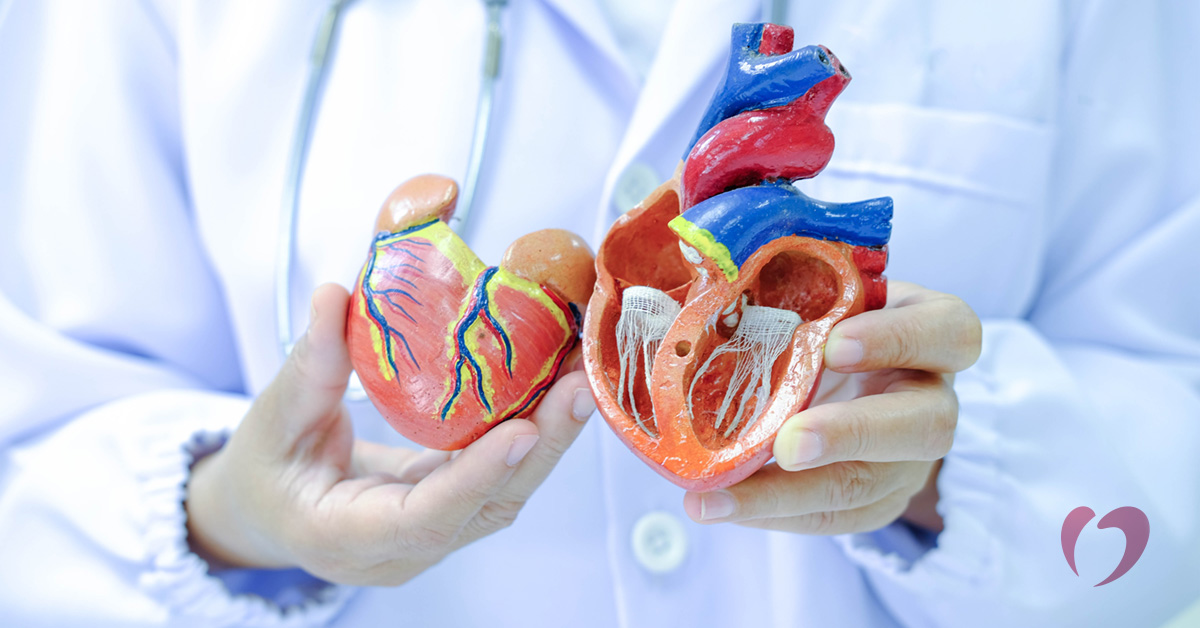Understanding the Heart: Atria

The heart is made up of four chambers: the left and right atria and the left and right ventricle. The atria are the upper chambers where blood enters the heart.
Blood that has been depleted of oxygen by the body enters the right atrium. This atrium controls the flow of blood to the right ventricle, which sends blood out to the lungs for oxygenation. On the left side of the heart, the atrium receives oxygen-rich blood from the lungs and moves it to the left ventricle. The left ventricle then sends blood to the organs and other parts of the body.
The atria differ in function, size, and structure from the ventricles. The atria are smaller chambers that do not pump as hard as the ventricles, as the ventricles must pump blood farther away from the heart. The atria only have a valve that controls blood flow going out, whereas ventricles have valves controlling the flow of blood both in and out.
The sinus node, or the heart’s pacemaker, is in the right atrium of the heart. As a part of the electrical system that triggers the heart to contract and pump blood, the sinus node begins the process. It triggers the atria to beat, and the electrical current travels to the atrioventricular, or AV, node, which triggers the ventricles to contract at the right time.
There are several rhythm disorders that can start in the atria.
Atrial fibrillation
Atrial fibrillation, or AFib, is an irregular and often rapid heartbeat that begins in the atria. AFib is a common rhythm disorder, and risk for it increases with age. Some patients with AFib don’t have any symptoms, while others may experience a fluttering heartbeat or palpitations, shortness of breath, or fatigue. AFib is treated with medication, cardioversion to reset the heartbeat, or ablation to remove the cells causing the problem.
Atrial flutter
Atrial flutter is a rhythm disorder in which the atria beat too quickly. In atrial flutter the rhythm is regular but faster than it should be and happening more frequently than in the ventricles. Symptoms are similar to AFib and can include a fluttering heartbeat, dizziness, shortness of breath, or fatigue. Catheter ablation is often the recommended treatment for atrial flutter.
Premature atrial contractions
Premature atrial contractions, or PACs, are extra heartbeats that begin in either of the atria. Because these contractions begin earlier than normal, the atria have less blood than they normally do during a beat. The early beat is followed by a longer-than-normal pause and then a stronger beat, as the atria refill with blood and resume normal beating. The sensation for the patient is one of a skipped beat followed by an extra beat. Generally, PACs do not require treatment unless they begin to happen frequently.
If you are experiencing symptoms of a heart rhythm disorder or have a family history of problems with the atria, contact us to schedule an appointment with one of our specialists at Oklahoma Heart Hospital.
